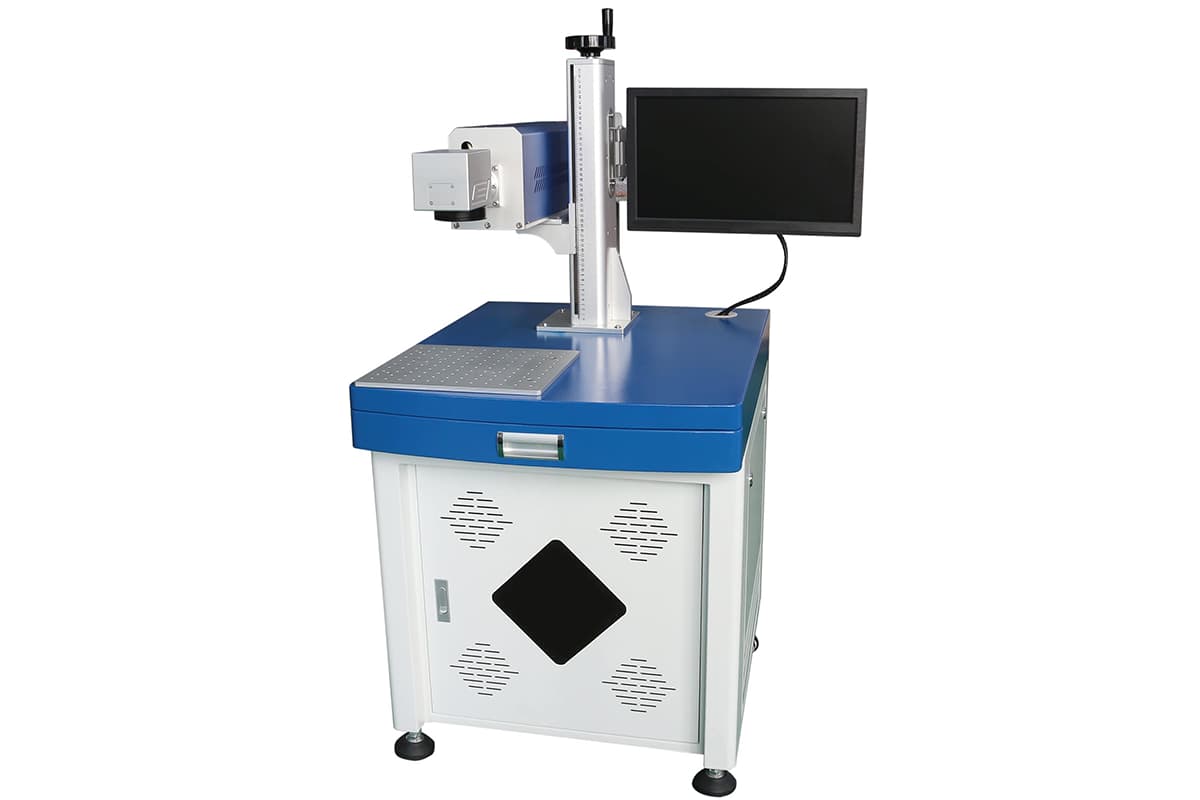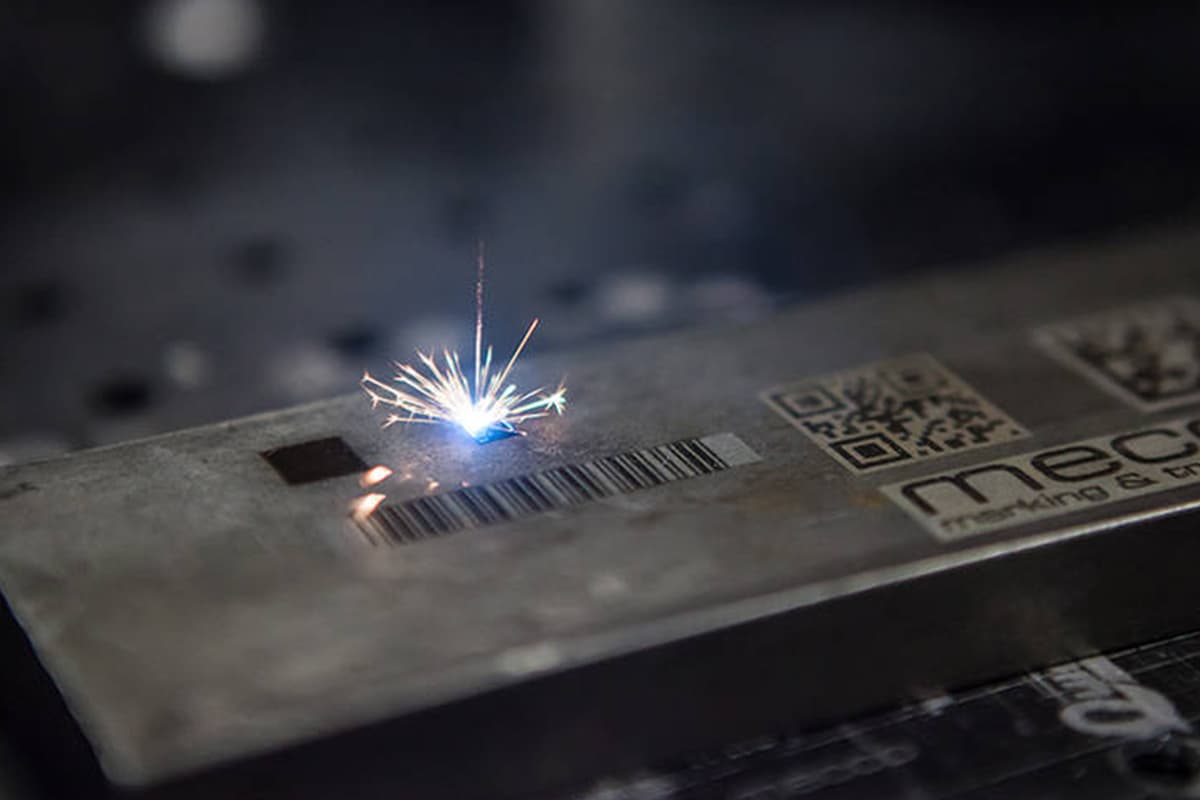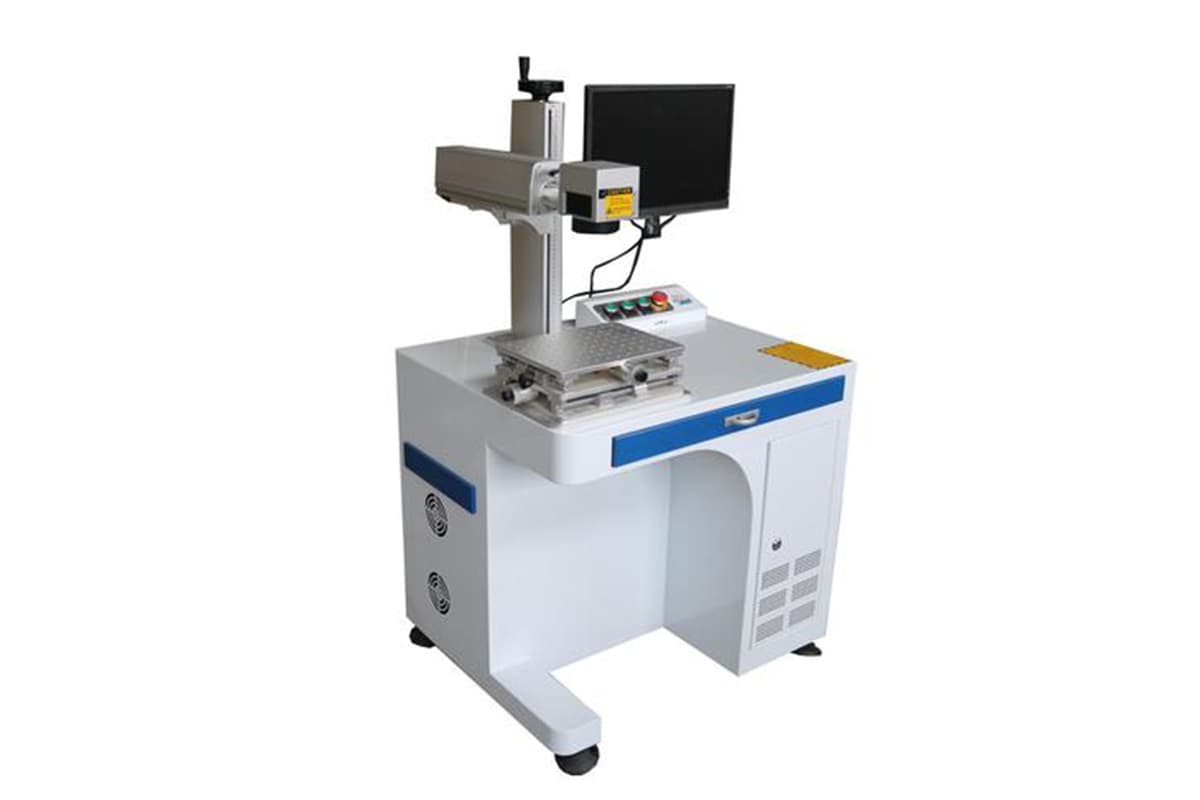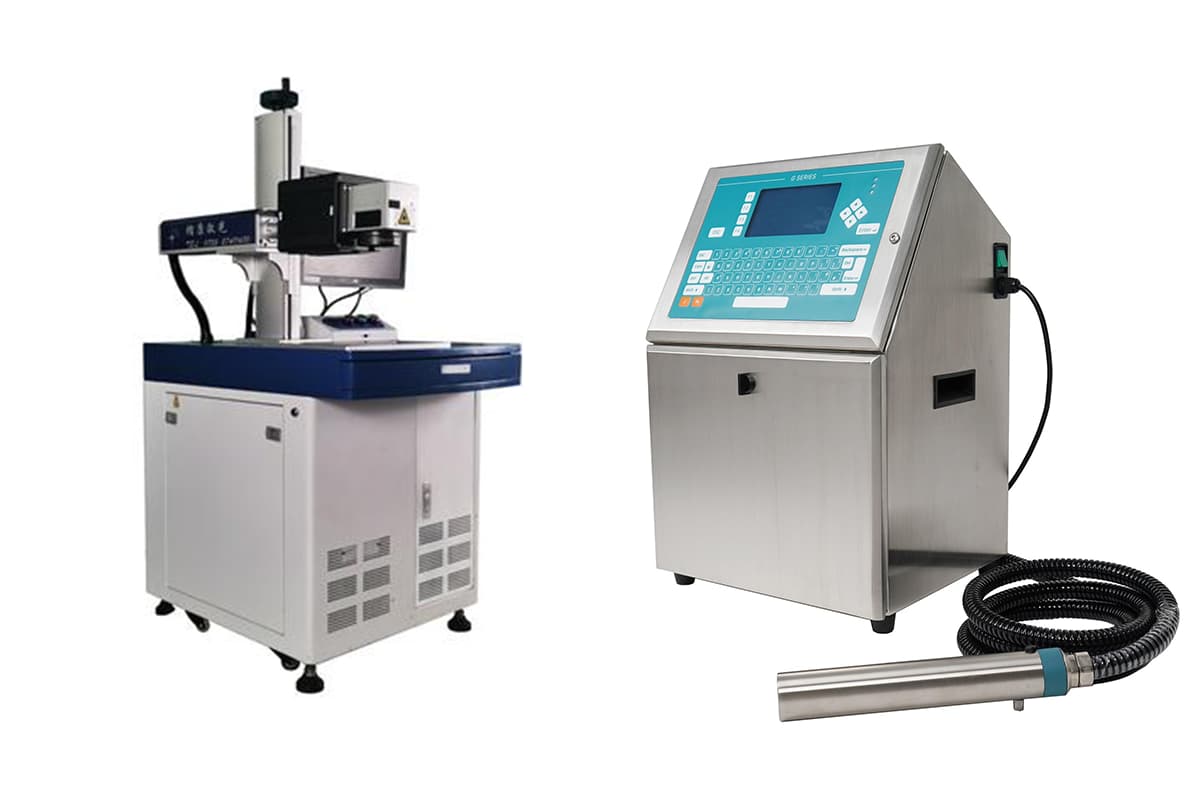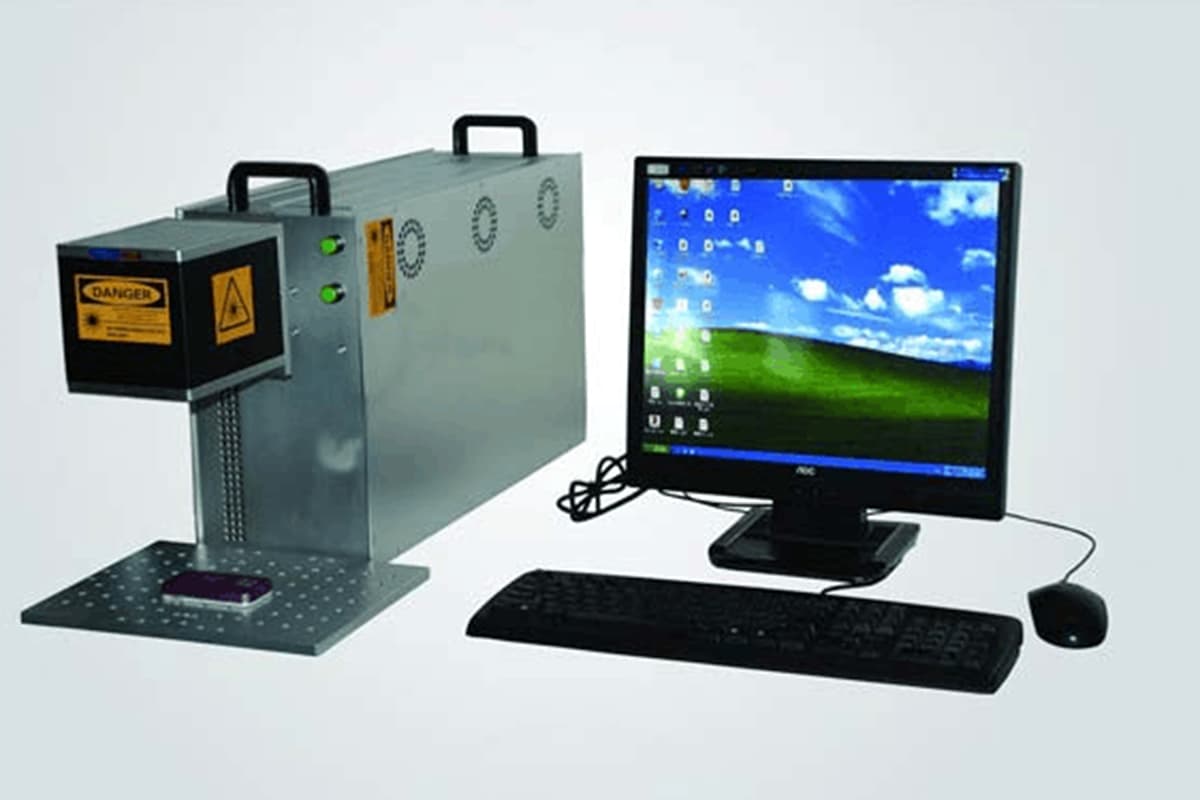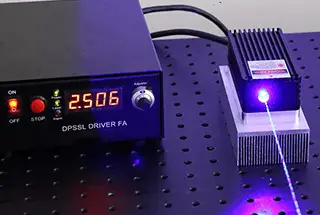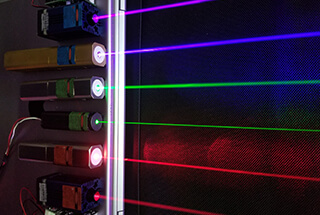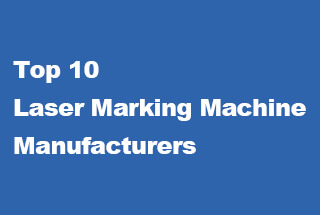
Laser marking and laser engraving machines might sound similar, but they serve different purposes with distinct techniques. Laser marking subtly alters surfaces for precise identification, often used in electronics and packaging. In contrast, laser engraving goes deeper, carving detailed designs into materials, ideal for decorative and automotive applications. This article explores these machines’ unique functions, capabilities, and industry applications, offering insights to help you choose the right tool for your specific needs. Dive in to discover how these technologies can enhance your production processes.
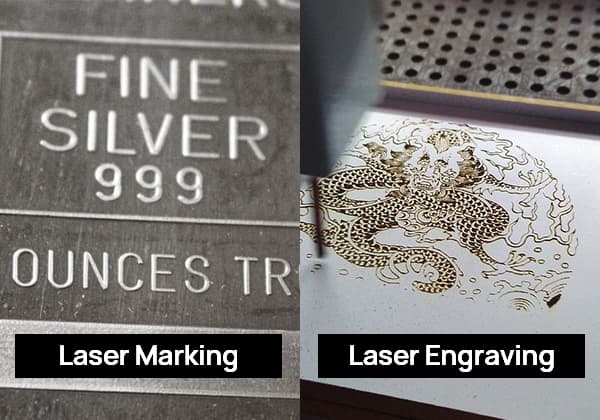
The laser marking machine is a piece of equipment that uses a laser beam to permanently mark the surface of various materials.
On the other hand, the laser engraving machine is an advanced equipment that uses a laser to carve materials that require intricate engraving.
Both the laser marking machine and the laser engraving machine have the common characteristic of being processed by laser, and they are typically used in advertising and promotional applications.
However, the laser marking machine is versatile and can be used in various packaging industries as well.
The laser engraving machine, on the other hand, is not just limited to advertising industry applications. It can also be used in a variety of decoration and automobile industries.
Today, we will discuss the differences between the laser marking machine and the laser engraving machine.

A laser marking machine is a device that uses a laser beam to create permanent marks on various surfaces. This process involves exposing the underlying material by evaporating the surface material, resulting in finely detailed patterns, trademarks, and words.
Laser marking machines are categorized into four main types: CO2 laser marking machines, semiconductor laser marking machines, fiber laser marking machines, and YAG laser marking machines.
Laser marking machines are primarily used in settings that demand high levels of precision. They are applied in the production of electronic components, integrated circuits (ICs), electrical appliances, mobile communication devices, hardware products, tool accessories, precision instruments, glasses and watches, jewelry, auto parts, plastic keys, building materials, and PVC pipes.
Related reading: Top 10 Laser Marking Machine Manufacturers
Laser marking is the process of using a laser beam to create permanent marks on various material surfaces.
The marking effect is achieved by either evaporating the surface material to expose the underlying layer, or by creating a trace through chemical and physical changes in the surface material caused by the energy from the laser beam. Alternatively, the laser energy can be used to burn specific areas of the material, resulting in the desired etched patterns and characters.

A laser engraving machine is an advanced equipment that utilizes a laser to carve materials with precision. Laser engraving offers improved efficiency, smooth and round surfaces, reduced temperature of non-metallic material, and decreased deformation and internal stress of the carved object.
Laser engraving machines are classified into two types based on the laser source: CO2 non-metal laser engraving machines and optical fiber metal engraving machines. In China, CO2 non-metallic laser engraving machines usually use glass laser tubes, while high-end machines use CO2 metal RF tubes.
Compared to mechanical engraving machines and other traditional manual engraving methods that utilize diamond and other extremely hard materials, laser engraving machines utilize the heat energy of the laser to carve the material. The laser is the core of the machine.
Laser engraving machines have a wider range of applications, higher carving accuracy, and faster carving speed. Laser carving can also produce an exquisite carving effect that is on par with the level of manual carving technology.
Due to its many advantages, the application of laser engraving machines has gradually replaced traditional carving equipment and methods and become the main carving equipment.

1. The first difference between laser marking machine and laser engraving machine is different working format.
The working area of a laser marking machine is typically not very large, about the size of an ordinary desk. While some low-power laser engraving machines also have a small processing format, high-power ones are mainly used for cutting metal and have a much larger processing format, at least as large as a bed.
2. The second difference between laser marking machine and laser engraving machine is speed difference.
The speed of a laser marking machine is much faster than that of a laser engraving machine. For example, in the case of a mineral water manufacturer, the assembly line that runs for one minute can cover a distance of approximately 100 meters.
3. The third difference of laser marking machine and laser engraving machine: different depth.
A laser engraving machine is capable of carving and cutting at larger stroke sizes and with much greater depth than a laser marking machine.
4. The fourth difference of laser marking machine and laser engraving machine: different lasers.
The optical system of a laser engraving machine comprises three reflective lenses and a focusing lens. Typically, a carbon dioxide glass tube laser is used.
The service life of a glass tube laser is usually between 2000 and 10000 hours. Carbon dioxide glass tube lasers are considered disposable.
Laser marking machines commonly use metal tube lasers (for non-metal marking) and YAG solid-state lasers (for metal marking). These lasers have a service life of more than five years.
The metal tube of a laser marking machine can be refilled.
5. The fifth difference of laser marking machine and laser engraving machine: different prices.
The cost of a laser marking machine can range from tens of thousands to hundreds of thousands of dollars, depending on the materials it is designed to work with.
On the other hand, non-metallic laser engraving and cutting machines with lower power can be much more affordable than laser marking machines.
However, if you need a laser engraving machine for cutting thick metal, it can also be very expensive.

(1) Laser marking machines are used to mark various hardware accessories and electronic components, including those made from metals such as automobiles, ships, machinery, and equipment. Laser marking can help achieve wear resistance and facilitate marking in industries where friction is a concern.
(2) Laser marking machines are used in various industries, including IT, communication, machine manufacturing, food and medicine, medical equipment, watches and glasses, craft gifts, precious metal jewelry, leather clothing, packaging and printing, precision hardware, jewelry, electrical appliances, instruments, and other metal processing industries.
(3) Laser marking machines can be used with both metallic and non-metallic materials, such as polymer materials, electronic components, wire speed limit, reflective film, plastic buttons, sapphire, glass, ceramic tiles, aluminum plates, signs, and non-metallic materials. Cold-processed purple laser marking machines are specialized for electronic communication, electrical engineering, instrumentation, precision hardware, watch glasses, jewelry, ceramics, and other industries.
(4) Laser marking machines can be used in non-metallic processing industries such as clothing, leather, craft gifts, packaging, advertising, wood, textiles, plastics, signs, electronic communications, watches, glasses, printing, decoration, and more. Non-metallic materials such as wood products, cloth, leather, plexiglass, epoxy resin, acrylic, and unsaturated resin can be processed with good results.
(5) In the food industry, laser marking is mainly used to create various information marks on the surface of food, such as patterns, two-dimensional codes, and more. Laser marking has the advantages of no consumables, precise and clear printing, higher resolution, low failure rate, and clean and pollution-free marking.
(6) Laser marking machines, also known as laser inkjet printers, are used for marking and identifying materials used in food and beverage packaging, wine bottle caps, cigarette box packaging, and medicine box/bottle packaging. Regardless of the material, the production date, batch number, two-dimensional code, and other clear technology can be marked on the product using a laser marking machine.

(1) Plaques, Signs, and Brands
The ever-changing construction of urban public facilities, street renovations, modern residential areas, hotels, and office buildings have created a high demand for signs and guidance systems that meet international standards, of which carved plaques, signs, and brands account for a significant part.
Powerful enterprises have also replaced their company’s plaques with carved ones to establish a good corporate image and improve internal management. Making chest and department plaques in the form of carving has become a fashionable trend.
(2) Building Models, Mechanical Models, Vehicle Models, and Ship Models
The model is the oldest design tool, and modern society has endowed it with more innovative meaning and wider use. It is no exaggeration to say that the model is an industrial model.
The performance and display of machinery, vehicles, ships, architectural design schemes, and the sale of commercial houses are inseparable from models. The models themselves also have independent competitions, commemorations, collections, and other activities and significance.
The carving machine that makes models more exquisite and faster has become the best helper for all walks of life to create models.
(3) Arts and Crafts, Gifts, and Souvenirs
More and more medals, certificates, souvenirs, and advertising materials at conferences and tourism activities are made by carving.
Engraving on pens, leather goods, tableware, lighters, watches, bottle openers, keychains, trophies, award plates, imitation crystal ornaments, golf clubs, shotguns, rings, and other items can reflect taste and personality. Engraving objects such as bookmarks, powder boxes, pendants, mirror frames, silverware, and other items with interest meet people’s needs for emotional exchange.
(4) Industrial Processing
China’s production of building materials has ranked first in the world and is currently developing rapidly in the direction of improving quality and variety.
The engraving machine can quickly and easily produce a large number of exquisite molds for gypsum ceilings, ceramic face tiles, floor tiles, and other building decoration materials, thereby doubling the value of the decorative materials processed with this mold.
In developed manufacturing countries, engraving machines are mostly used for marking parts surface, producing instrument panels, and making various indicators, identification plates, work number plates, and production flow charts necessary for enterprise standardization management. According to foreign surveys and statistics, in Germany, Switzerland, and other developed industrial countries in Western Europe, 2/3 of the engraving machines are used as machine tools in factories.
(5) Perspex Process and Processing
Plexiglas is one of the most ideal carving materials. It has excellent machinability no matter which of the five processing methods of the carving machine’s “cutting,” “milling,” “carving,” “carving,” and “drilling” are used. Plexiglass has always been the ideal material for experimental instruments, models, POP advertising ornaments, small ornaments, art lamps, craft gifts, souvenirs, etc.
The close combination of engraving machines and plexiglass, a good tool and good material, will inevitably produce various excellent products.

